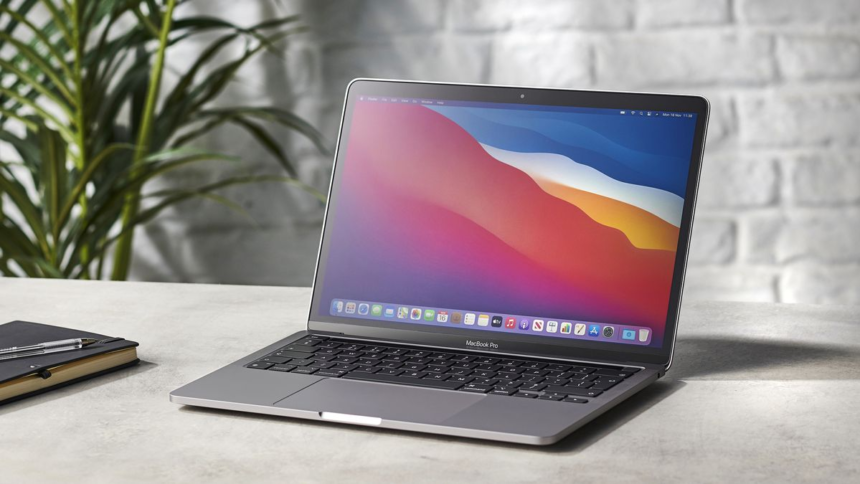The laptop display is one of the most critical components, without which it is impossible to work effectively on the device. It is responsible for outputting visual information and allowing us to interact with the computer. However, like any other part of a laptop, the display can fail or start to malfunction. In this article, using the example of an A1502 display, we will discuss how to properly care for the display and what to do if problems arise.
Regular Display Maintenance
To ensure the laptop display lasts a long time, it needs to be properly maintained. Regular maintenance can help prevent issues and extend the device’s lifespan. Here are some tips for taking care of the display:
- Use a soft, lint-free cloth and special electronics cleaning solutions to clean the screen. Microfiber cloths and isopropyl alcohol-based solutions are ideal. Never use abrasive materials, such as paper towels or rough cloths, or aggressive chemicals like acetone or gasoline, as they can cause irreversible damage to the screen surface.
- Periodically calibrate the color rendering, especially if you work with photo and video editing or design. This will ensure accurate colors on the screen and their conformity to standards. Special calibrators or built-in utilities of the operating system can be used for this purpose.
- Avoid pressing hard on the screen or touching it with sharp objects to prevent mechanical damage. Even slight pressure can cause image defects or complete display failure.
- Protect the display from moisture and dust. Avoid spilling liquids on the laptop, and regularly wipe the screen free of dust. If necessary, use special protective films and covers.
By following these simple recommendations, you can keep your laptop display in good condition and avoid many problems.
Troubleshooting Display Issues
If you notice any issues with the display, try diagnosing them yourself first. This will help determine the cause of the malfunction and choose the most appropriate method to fix it. Here are the most common signs of display issues:
- The screen backlight does not turn on. The image may be visible, but it is very dim and difficult to discern. This can be caused by a malfunction of the polarizer or LEDs.
- The image flickers or flashes. The picture on the screen periodically disappears, flashes, or flickers. This could be due to a faulty cable or display panel.
- Dead pixels and dead zones appear. The screen shows constant black, white, or colored dots or areas that do not change color. These are signs of panel damage, which is not always repairable.
- Vertical or horizontal lines and stripes appear. The image shows static or flickering lines, stripes, or artifacts. This may indicate problems with the display panel, cable, or graphics adapter.
For more precise fault diagnostics, both software and hardware methods can be used. Software methods include:
- Tests and utilities for checking the display, such as the Dead Pixel Test or LCD Screen Test.
- Built-in operating system tools.
Hardware diagnostic methods include:
- Visual inspection of the display for physical damage, cracks, bulges, or abrasions.
- Checking the integrity and reliability of the display cable and panel connectors.
- Testing the display on another computer or using an external monitor.
By combining various diagnostic methods, you can more accurately identify the cause of the malfunction and make the right decision on how to fix it.
Resolving Display Issues
If you identify an issue with the display, try to fix it yourself. Start with simple software solutions:
- Update the graphics adapter drivers to the latest version. Visit the website of your laptop or graphics adapter manufacturer and download the latest drivers. Outdated or incorrect drivers can cause various image problems.
- Check and adjust the display settings in the operating system. Open the screen settings and make sure the resolution, refresh rate, brightness, and contrast are set correctly. Try resetting the settings to their default values.
If software methods do not help, proceed to hardware solutions:
- Check and, if necessary, replace the display cable. Disconnect the cable from the panel and motherboard and inspect it for damage, oxidation, or breaks. If the cable is damaged, replace it with a new one.
- In extreme cases, for serious damage or malfunctions, a complete replacement of the display panel may be required. This is a complex and labor-intensive process best left to professionals.
If you are unsure of your skills or do not have the necessary skills and tools, it is better to contact repair specialists. Incorrect repairs can lead to even bigger problems and costs.
Regular care, careful handling, and timely troubleshooting will help extend your laptop’s lifespan and keep it in excellent condition. Do not neglect preventive measures, and do not delay repairs.
Remember, the display is the “face” of your laptop and a crucial tool for work and entertainment. Take care of it, and it will serve you well for many years!






